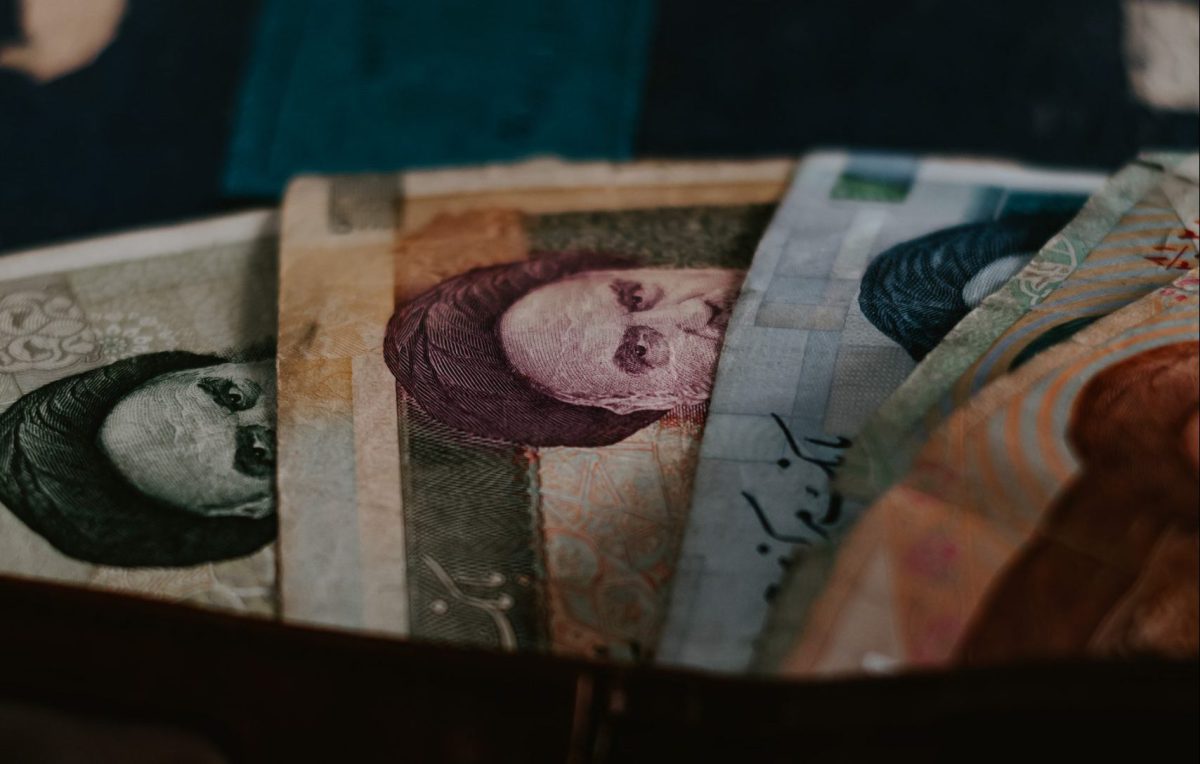Table of Contents
In the vibrant tapestry of Iran’s economic landscape, one cannot overlook the Iranian Rial, the Iran currency. Whether you find yourself clutching notes, coins, bank bills, or perusing through official documents, the Iranian Rial is a ubiquitous presence, beckoning attention. However, to grasp the true essence of Iran’s monetary system, one must delve into the intriguing world of the Toman.
Venturing beyond the surface, we discover that Iranians have forged a unique relationship with their currency, employing the term “Toman” in their everyday transactions. This practice, though initially perplexing to outsiders, holds a simple yet captivating secret. Picture this: a Toman is merely a resolute multiplier of the Iranian Rial, standing at a steadfast tenfold.
To illustrate, consider 1000 Tomans—a sum that effortlessly translates to 10,000 Rials. So, when confronted with the request to remit a thousand Toman, merely append an additional zero and tender a ten-thousand-Rial banknote. With this linguistic acrobatics of currency conversion, Iranians have cleverly devised a system that simultaneously captivates and confounds.
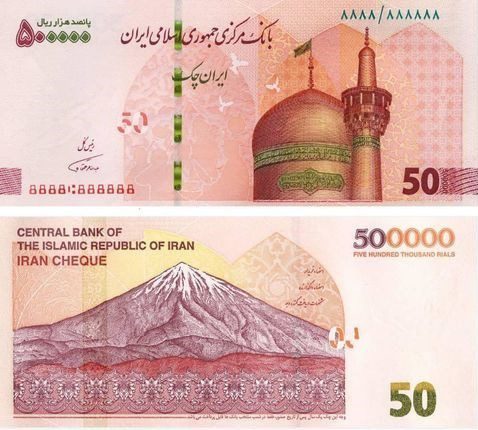
Navigating the labyrinthine realm of Iranian finance, one finds intrigue even in the mundane. Iran Money, with its intriguing duality, keeps visitors on their toes, beckoning them to unravel its intricacies. Through the looking glass, the Rial’s hidden alter ego—the Toman—comes to life, revealing a world where 10,000 Rials and 1000 Tomans are one and the same. Embark on this currency escapade, and witness firsthand how Iran’s unique monetary landscape merges tradition with innovation, weaving a financial tale unlike any other.
What Is The Exchange Rate in Iran?
When venturing into Iran, one must tread carefully when it comes to the fluctuating exchange rate of the Iranian Rial. With its unpredictability, it is crucial to consult reliable sources before exchanging your currency, as the rate can experience drastic changes within a single day. It’s important to be aware that Iran operates with two distinct exchange rates: the Government Official Rate and the Market Rate. For a more favorable rate, it is advisable to opt for the Market Rate, which tends to be higher.
To access the Market Rate, it is recommended to visit exchange offices, known as Sarrafi, located throughout the cities. These establishments provide electronic boards displaying the latest exchange rates, enabling you to make informed decisions. While airports and bank-related offices also offer currency exchange services, the market rates offered at exchange offices are generally more advantageous. However, if you find yourself in need of immediate cash upon arrival, it is acceptable to utilize the exchange shops at the airport, although their rates are typically lower than the market rate.
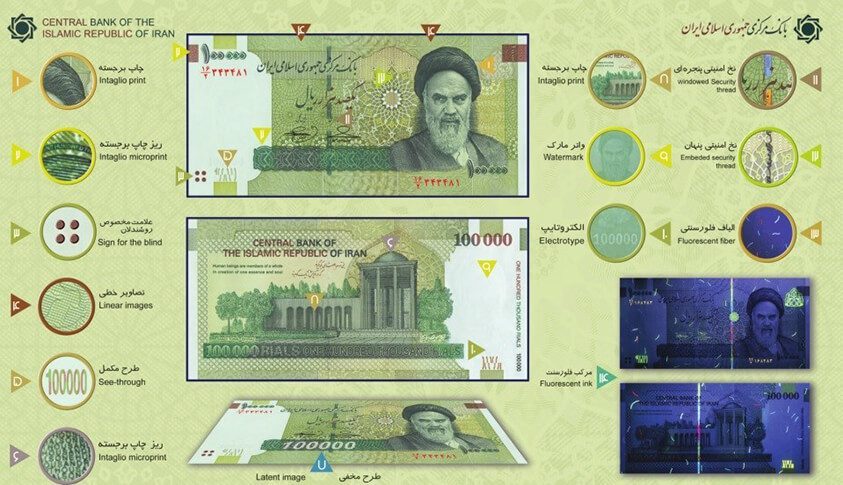
To stay updated on the most accurate and real-time exchange rate information, there are various websites available, such as Bonbast. These platforms provide insights into the latest market exchange rates, allowing you to monitor fluctuations and make well-informed financial decisions during your time in Iran. While the government official rate may not directly impact most travelers, those seeking comprehensive information can refer to the website of Iran’s central bank.
By remaining vigilant, utilizing trusted sources, and prioritizing the market rate, you can navigate the dynamic landscape of Iranian currency exchange with confidence. By doing so, you can make the most of your financial transactions while exploring the captivating sights and experiences that Iran has to offer.
Insider’s Guide: Navigating Currency Exchange in Iran Like a Pro!
Exchanging your money to the Iranian Rial is a straightforward process that can be easily done in banks or exchange offices known as Sarafis. These establishments boast well-trained and reliable staff members who are dedicated to providing efficient service. One of the most appealing aspects of currency exchange shops in Iran is their speedy transactions, ensuring you won’t have to spend excessive time on this task.
When it comes to preparing your currency for exchange, there’s no need to convert it beforehand. Whether you’re at airports, hotels, or official currency exchange shops, you’ll find convenient options for currency transactions. This is especially true if you’re carrying widely used currencies like US Dollars or Euros, which are readily accepted within Iran’s tourism system.
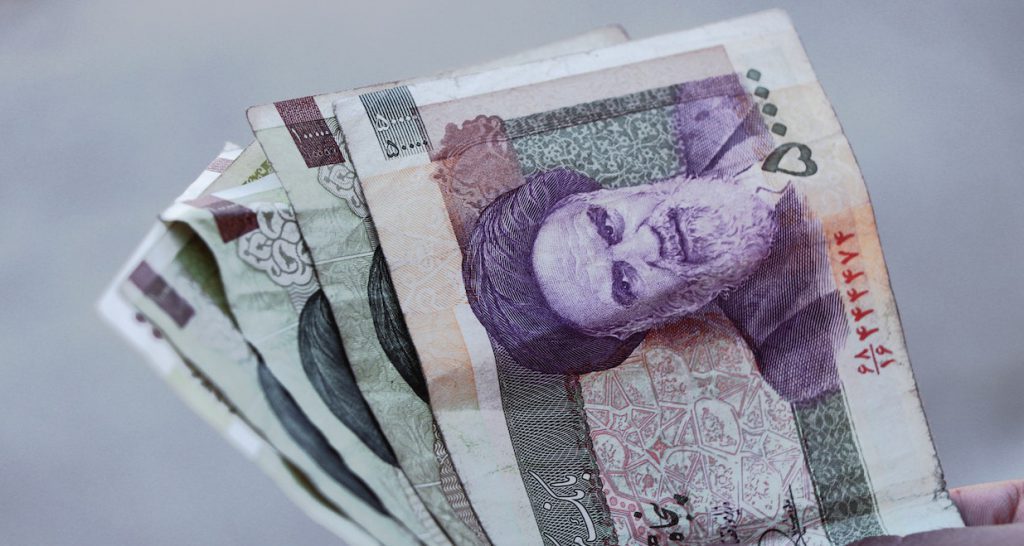
However, it’s crucial to stay informed about the prevailing rates in the Iranian currency market. The exchange rates for currencies such as the Dollar and Euro can differ from the official rates. These rates are subject to daily and even hourly fluctuations influenced by Iran’s economic system and political relations. A little guidance from a friendly agent can assist you in finding the optimal approach to exchanging your currency into Rials. Additionally, if you have any remaining Rials at the end of your trip, you can easily convert them back to Dollar, Euro, or other currencies at Iran’s Currency Exchange Centers.
With the assistance of reliable exchange services and a basic understanding of the market dynamics, you can navigate the currency exchange process smoothly during your stay in Iran.
For a seamless experience during your trip to Iran, it’s highly advisable to carry all the necessary funds in cash. Unlike other destinations, Iran doesn’t offer the convenience of a widespread credit card system or accessible ATMs for foreign travelers. However, fear not! Our local Iranian Credit Card ATM machines are not only safe but also remarkably simple to use, making them a popular choice among shoppers across the country.
Iran Currency: A Guide to Banknotes in Circulation
When it comes to the currency in Iran, one cannot help but be captivated by the array of banknotes that grace the hands of its people. Step into the bustling streets and bazaars, and you’ll soon encounter a vibrant tapestry of paper currency, each one telling a tale of its own. Among the most commonly circulated banknotes are the 10,000, 20,000, 50,000, 100,000, 500,000, and 1,000,000 Rials. These denominations, with their distinctive designs and intricate details, reflect the rich history and culture of this captivating nation.
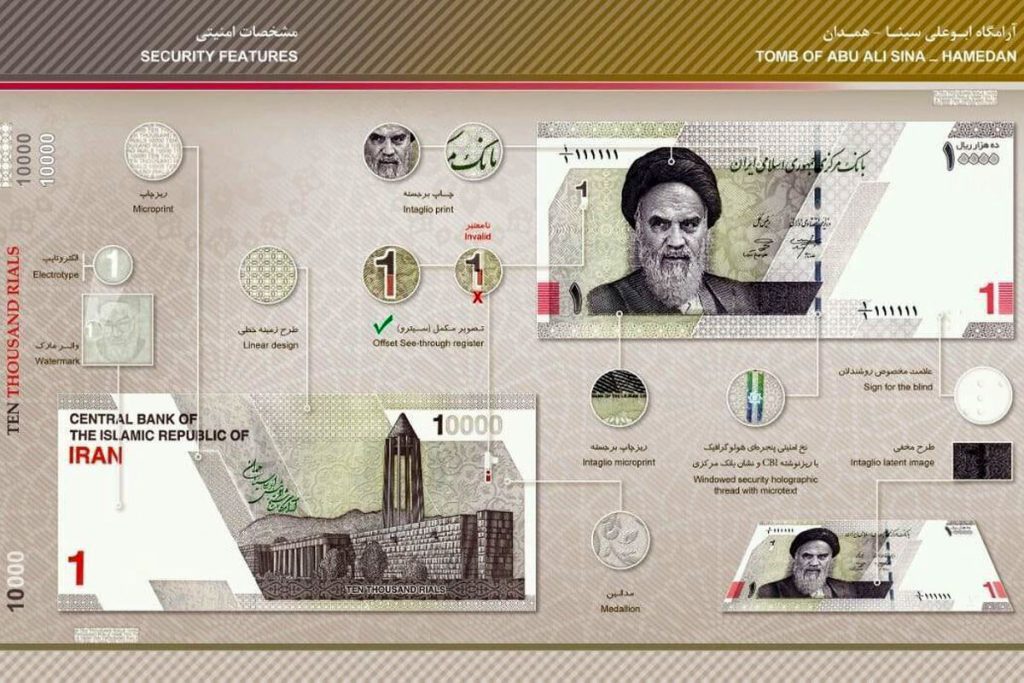
In the past, coins held their own significance, adorning the pockets and wallets of Iranians. However, as time has passed, the prevalence of coins has waned, making them a rare sight today. It’s a testament to the evolving landscape of currency that banknotes have taken center stage, serving as the primary means of exchange in everyday transactions. Their prominence highlights the nation’s commitment to ensuring a convenient and efficient monetary system, catering to the needs and preferences of its people.
Now, as you navigate the bustling markets and immerse yourself in the cultural fabric of Iran, spare a moment to appreciate the banknotes that pass through countless hands. They not only hold financial value but also serve as a visual representation of the nation’s heritage. From the intricate patterns to the striking colors, each banknote tells a story, inviting you to delve into the history and allure of Iran with every transaction.
Mastering the Currency Puzzle: Decoding Iran’s Exchange Rate System
When it comes to exchanging money in Iran, it’s essential to tread cautiously due to the unpredictable nature of the exchange rate. One day, you might find a certain rate, only to witness a drastic change the next. Amidst this uncertainty, it’s crucial to rely on reliable sources and stay updated.
Understanding the Dual Exchange Rate System
Interestingly, Iran boasts not one, but two exchange rates—one sanctioned by the government and the other prevailing in the market. And here’s the key: opt for the market rate, as it tends to be higher and more favorable.
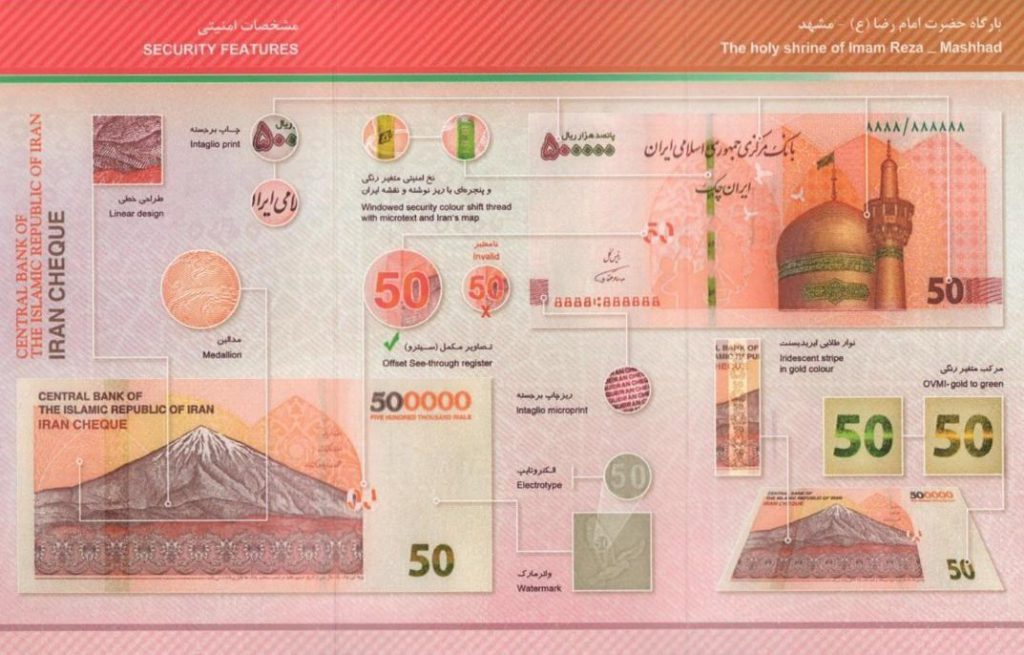
Finding the Market Rate
To get your hands on the coveted market rate, there are a few options at your disposal. You can head to the airport, where you’ll find exchange counters, or make your way to bank-related offices. However, our recommendation would be to seek out the bustling exchange offices, fondly known as Sarrafi. These establishments have their fingers on the pulse of the market and offer competitive rates. They even display electronic boards, ensuring you’re aware of the most up-to-date exchange rate at any given moment.
Staying Informed with Online Resources
To stay well-informed, a few websites come in handy. Consider checking out platforms like Bonbast or Mex.co, where you can access the latest market exchange rates with ease. While you may not require it, it’s worthwhile to acquaint yourself with the government official rate, which you can find on Iran’s central bank’s website.
Airport Exchange Shops: Convenience vs. Cost
It’s worth noting that upon your arrival, you may find yourself needing to exchange some money promptly. In such cases, relying on the exchange shops at the airport can be a convenient option. Just bear in mind that their rates typically lag behind the market rate by about 6,000 to 10,000 units, making them a slightly costlier choice.
Mastering the Exchange Rate
As you embark on your journey in Iran, be sure to keep your finger on the pulse of the ever-fluctuating exchange rate landscape. By opting for the market rate, exploring reliable resources, and making informed decisions, you’ll navigate the exchange rate maze with confidence, ensuring that your financial transactions in the country are as smooth as can be.
The Limitations of International Credit Cards in Iran
One can’t help but wonder if their trusty international credit cards will work seamlessly in the mesmerizing land of Iran. However, it’s essential to note that due to the prevailing U.S. sanctions, the utilization of credit cards, including popular ones like Visa and Mastercard, has become an arduous task within the borders of Iran. Therefore, if you plan on embarking on an Iranian adventure, it’s crucial to arm yourself with sufficient cash to cover your expenses throughout the entirety of your trip.
In Iran, a land of vibrant markets, bustling transportation networks, and delightful accommodations, cash reigns supreme as the preferred method of payment. Be prepared to exchange your paper currency for the local Iranian Rial, as this will be your gateway to experiencing the myriad of offerings this beautiful country has in store. From charming boutiques to mouthwatering eateries, cash will be your trusted companion, enabling you to immerse yourself in the local culture.
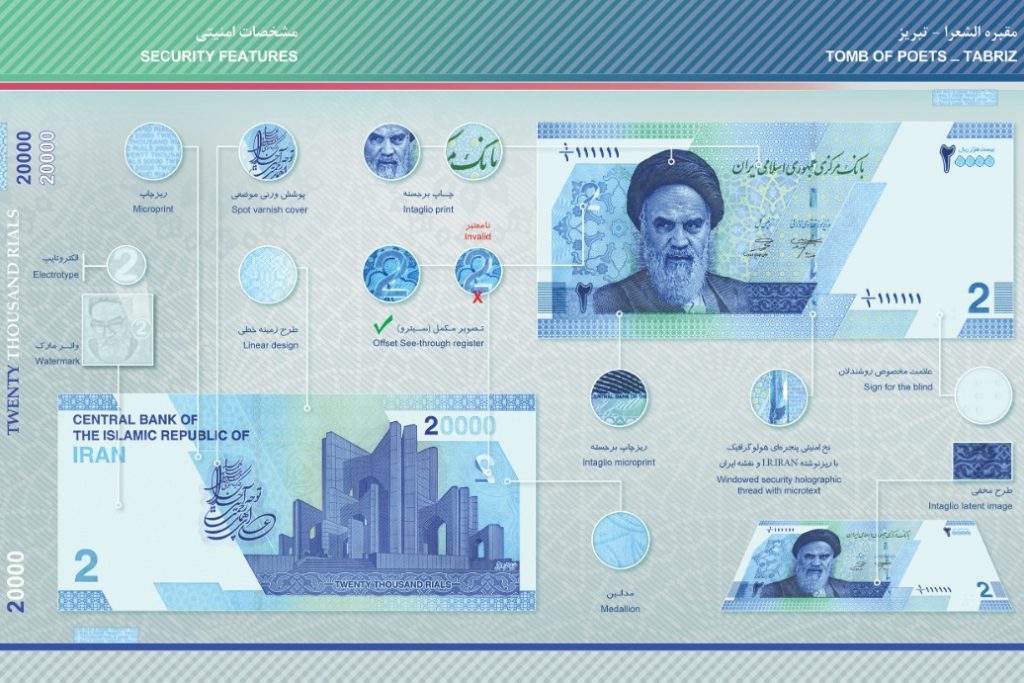
While Tehran, the bustling capital, might offer a glimmer of hope for those who find themselves running low on cash reserves, it’s important to approach this oasis of credit card acceptance with caution. Only a handful of establishments in Tehran will accommodate international credit cards, and even then, be prepared to face additional fees or commissions. To avoid any unforeseen hiccups, it’s highly advisable to ensure you have ample cash reserves or, alternatively, acquire an Iranian debit card for smoother transactions during your stay.
In summary, while the charms of Iran are boundless, the utilization of international credit cards is not as readily available. To fully embrace the wonders of this enchanting nation, it’s wise to stock up on cash and embrace the local payment methods. Prepare to embark on a journey where the rustle of paper currency and the thrill of haggling will become an integral part of your Iranian experience.
Getting Iranian Rial at the Airport: Is Currency Exchange Possible?
If you find yourself in the vibrant city of Tehran, fret not about converting your foreign currency. Despite the current limitations of Iran’s local bank card system, there are convenient avenues available for exchanging your money at the bustling airports. Tehran, being the gateway to this enchanting country, ensures that your travel experience starts off on the right foot.
Once you step foot inside the Imam Khomeini International Airport, you’ll be greeted by a handful of bureaux de change, locally known as “Sarafi.” These establishments offer a seamless platform for swapping your US Dollars, Euros, Emirati Dirhams, or any other foreign currency. Positioned strategically at the entrance and exit of the airport, you’ll find both banks and reputable money exchangers eagerly awaiting to cater to your currency needs.
However, it’s important to exercise caution when engaging in currency exchange transactions. While banks at Tehran airport can provide you with Iranian Rials in exchange for your foreign currency, it’s crucial to be mindful of the exchange rates offered. While the convenience of obtaining a fistful of cash might seem enticing, it’s prudent to note that the rates may not be as favorable as elsewhere in the country. Therefore, it’s advisable to explore alternative options before committing to an exchange, ensuring you make the most of your financial resources during your travels.
With these hassle-free currency exchange options available at Tehran’s airports, embarking on your Iranian adventure becomes even more seamless. Make informed decisions, and let your financial journey complement the rich tapestry of experiences that await you in this remarkable nation.
